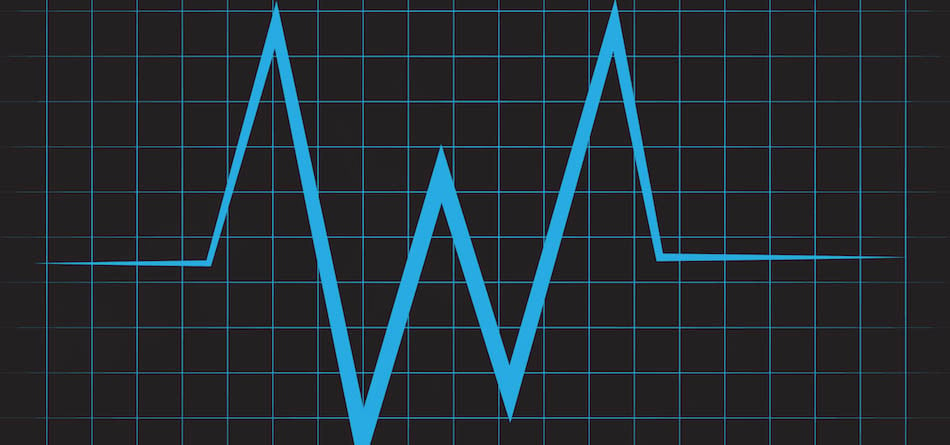When Lehman Brothers collapsed in late 2008, LCH SwapClear, which was already clearing inter-dealer trades in significant volume, took on the role of clearing every position at every CCP that Lehman was a member of. The nightmare scenario of one or more clearing members cascading through the financial system is still a real threat, so much so that the International Swaps and Derivatives Association has called for CCPs to undergo mandatory stress testing and make public the results.
"It's not the same as activities in the normal bilateral market, where counterparties, once they get the idea that a particular counterparty risk management is not effective, can decide not to trade with them," John Williams, a derivatives lawyer at Milbank Tweed, told Markets Media. "It doesn't work that way with CCPs."
Williams, who as lead partner for Isda credit derivatives determination committee helped create the 'Big Bang' protocol for credit derivatives, has since branched out into the broader OTC sphere.
"I've done lots of credit derivatives transactional work but for the last few years, I've became more of a regulatory and market infrastructure person," he said. "I have spent a fair amount of time working for mostly the large dealer banks on those OTC market structure issues dealing with CCPs and SEFs."
Isda has published a paper calling for CCPs to be more transparent. "One of the more concrete components, is this call for having the development of some kind of standard stress testing methodology that CCPs would have to undergo and then disclose the result," Williams said.
CCPs are systems for mutualizing risk for various different kinds of transactions. A lot of derivatives are today, and certainly were before the financial crisis, completely bilateral arrangements, and a very important element of Dodd- Frank and global regulatory initiatives is to have as much of those derivatives as possible cleared through CCPs.
The CCP has to determine how much initial margin it collects from each of its clearing members as well how much of a mutualized default fund it maintains. Those two things are meant to deal with the possibility that one or more clearing members might default, in which case the CCP would have to stand behind those trades until it could find someone else to buy them trades, or else close out the trades.
A stress test might postulate that a sudden change in the price of commodities results in the failure of two or more clearing members with large exposures. Given such a scenario, how much of the default fund would the CCP end up having to use? "The CCPs do already use models to come up with those numbers," said Williams. "It's just that they don't necessarily use the same models, and the outcomes are not disclosed in such a way that, others can compare and contrast and ask questions."
Featured image via milo827/Dollar Photo Club














